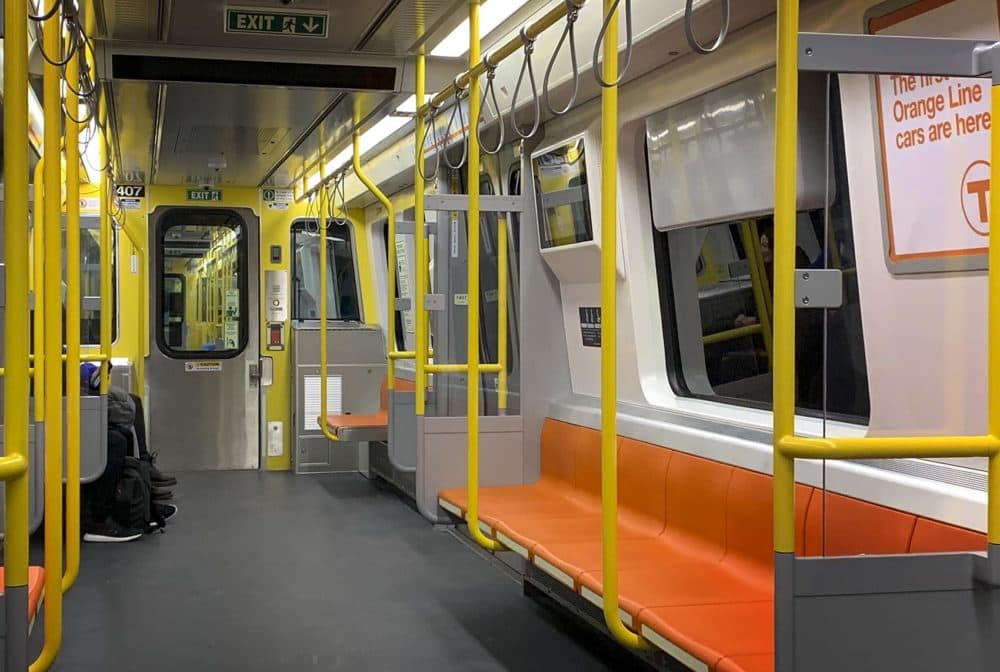Advertisement
Study: Rider, Revenue Ripples Seen From Low-Income MBTA Fare

An income-based MBTA fare option could attract tens of thousands of new rapid transit and bus riders and could prompt hundreds of thousands more trips on the RIDE paratransit service, according to an ongoing T study.
If the MBTA set the qualifying income at 200% of the federal poverty level, between 50,000 and 90,000 new commuters would ride the subway or bus every year, MBTA Deputy Director of Policy and Strategic Planning Lynsey Heffernan told the T's board Monday.
That jump in new riders who would pay less than the regular fare price would lead to between $23.3 million and $42.3 million in foregone fare revenue each year, Heffernan said. Both ridership and cost projections vary based on the income threshold for a potential low-income pass.
On the RIDE, a low-income option could increase demand 29% — about 363,000 more trips per year — bringing with it the need for almost 200 more vehicles in the first year of implementation.
Transit advocates and community groups have long called for an income-based program on the MBTA as a way to improve equity and access. The Fiscal and Management Control Board expressed its support in December for piloting a means-tested fare program, and staff continue to study key questions around the proposal.
Members asked Heffernan to examine what steps other public transit agencies around the country have taken and what kind of partner agency the MBTA could work with to make eligibility testing easier.